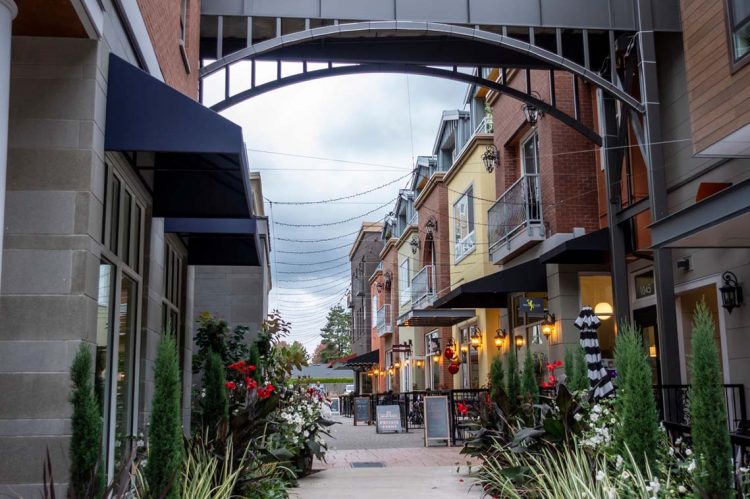Before a buyer can even consider which home they want to buy, they must first decide what type of neighborhood they want to live in. According to research conducted by Zillow, the types of neighborhoods that buyers prefer is changing. Market gauging of buyer interest has caused a reversal of the norm, where during Q1 2022, the values of suburban homes grew faster than the value of urban area homes.
Key findings:
Every neighborhood on Zillow’s 10-most-popular-markets of 2022 list is a suburban area roughly 30 minutes from the nearest city center. The markets and their corresponding metropolitan area are:
- Woodinville, Washington (Seattle)
- Burke, Virginia (Washington, D.C.)
- Highlands Ranch, Colorado (Denver)
- Westchase, Florida (Tampa)
- Edmonds, Washington (Seattle)
- Yorba Linda, California (Los Angeles)
- Johns Creek, Georgia (Atlanta)
- Tustin, California (Los Angeles)
- Ballwin, Missouri (St. Louis)
- Golden, Colorado (Denver)
Eight of this top 10 have a typical home value higher than their nearby city, and seven of those have a typical home value that’s more than $150,000 higher.
Regional breakdowns show a similar trend for which neighborhoods are in demand. In the northeast U.S., for instance, the five most popular markets were:
- Havertown, Pennsylvania (Philadelphia)
- Billerica, Massachusetts (Boston)
- Framingham, Massachusetts (Boston)
- Waltham, Massachusetts (Boston)
- Arlington, Massachusetts (Boston)
What’s driving the shift:
- Remote work: The research attributes this trend as the primary driver of the shift. A buyer who works from home doesn’t need to factor in a short commute from their house to the office as a priority. If you don’t need to live in a city to work at an urban company, other places to live become more attractive.
- Affordability: Rent prices are on the rise. Indeed, in many large metro areas, buying a home has become (relatively) more affordable than renting. Since rent prices continue to climb, many are opting out.
- Space: Suburban homes naturally come with more space than city apartments, both interior living space and exterior. This makes them more attractive for buyers who are raising a family.
The takeaway:
“The most popular markets so far this year paint a picture of how remote work has changed the U.S. housing landscape,” said Zillow Economist Nicole Bachaud. “Demand for suburban homes found an extra gear last summer, perhaps as buyers gained more clarity in their employers’ return-to-office policies. Research suggests the rise of remote work is responsible for roughly half of home price growth during the pandemic. How many employers continue to allow this flexibility for employees to live where they choose will go a long way toward determining which markets are most in demand in the future.”
Devin Meenan is RISMedia’s editorial assistant. He can be reached at dmeenan@rismedia.com.












